Advertisement
That’s Not My Neighbor Nightmare Mode
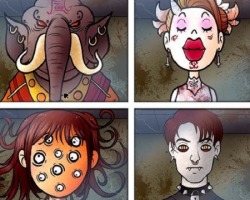
That’s Not My Neighbor Nightmare Mode takes the already tense concept of identity verification and pushes it into much darker territory. You are no longer just a doorman checking faces and IDs. Now, you are stuck in a surreal version of your job, where each knock on the door might be your last. The familiar hallway is covered in grime, and the people coming through are warped. Mistakes don’t just have consequences — they mean instant failure. The rules have changed, and survival depends on your full attention.
A Familiar Game With Harsher Rules
While the core gameplay remains centered around verifying identities and spotting impostors, Nightmare Mode introduces new dangers. There are no second chances — if you allow a wrong person to enter, the shift ends immediately. The visual design is more chaotic, with red eyes watching from corners and subtle changes meant to trick you. The eerie atmosphere is constant, and tension builds quickly as more visitors arrive. Even the most observant players will find this version harder to predict.
Expect the following in this version:
- Changed visuals with horror-themed effects
- Instant failure when a doppelganger enters
- Extra visitors not present in the standard game
- A hidden final challenge if you survive long enough
- No forgiveness — the game saves nothing once you lose
Pressure From Every Side
What makes That’s Not My Neighbor Nightmare Mode unique is how it uses pressure and repetition against you. There is no timer to help you rush or a hint system to guide your decisions. You rely only on what you see, remember, and guess. Some players might encounter a mysterious clown figure, while others may face a final unexpected twist if they reach the end. The gameplay forces you to choose between caution and speed, with small errors leading to major consequences.
A Mental Test With No Escape
Nightmare Mode is more than just a harder version — it represents the doorman’s growing fear and confusion. The setting reflects a loss of control, with strange sounds and visual shifts making each new day harder than the last. You’re no longer sure what’s real and what’s part of the nightmare. If the base game was a logic puzzle, this version is a psychological test. It’s a mode for players who want the challenge turned all the way up — and who don’t mind the tension that comes with it.
Advertisement









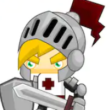















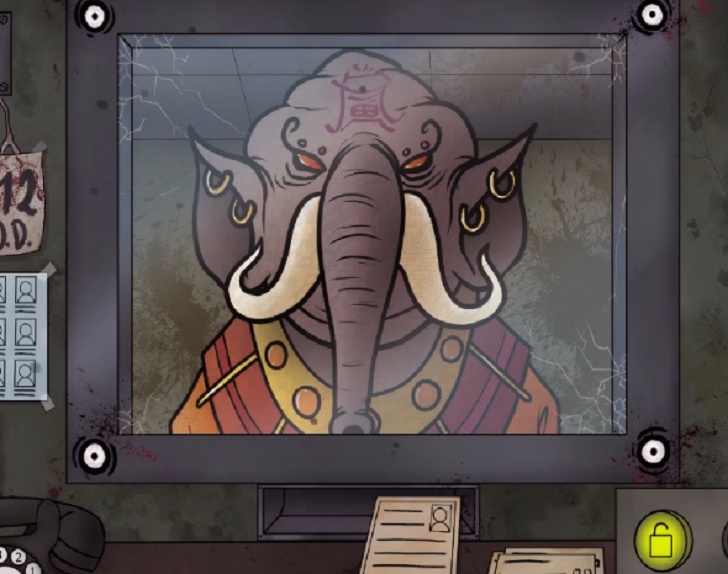

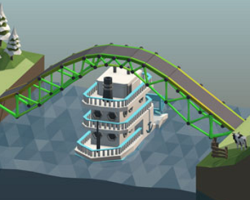














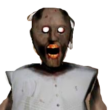












































Comments